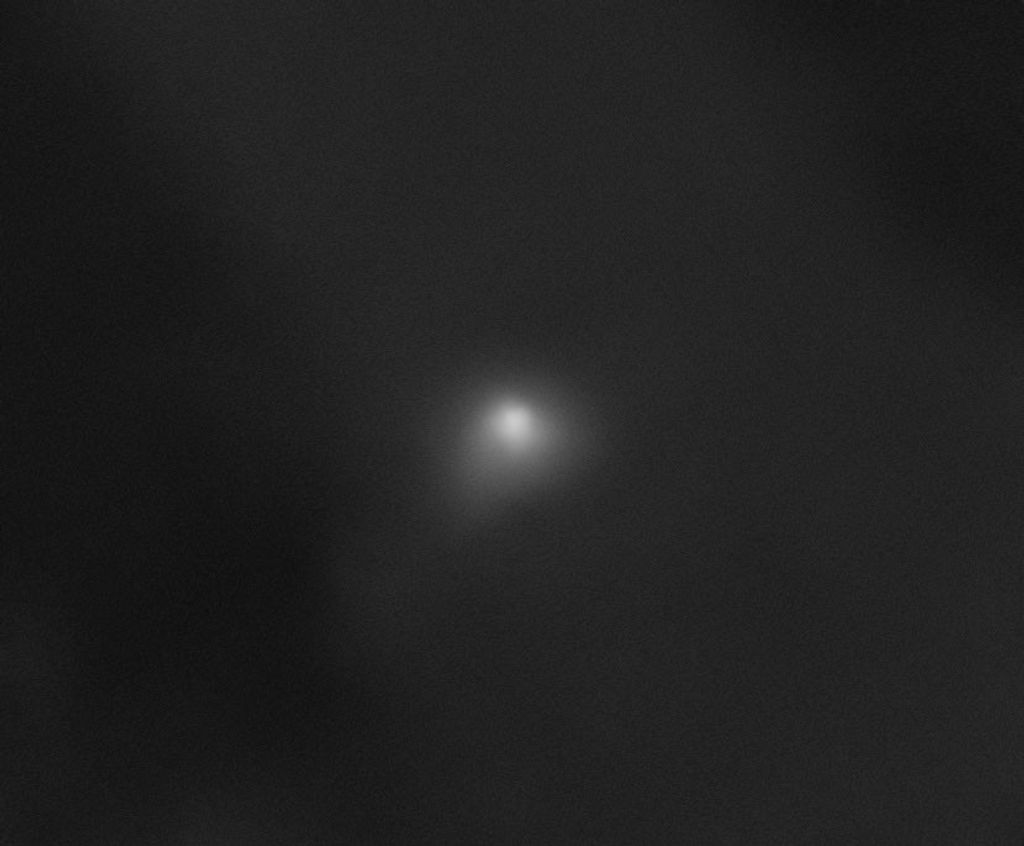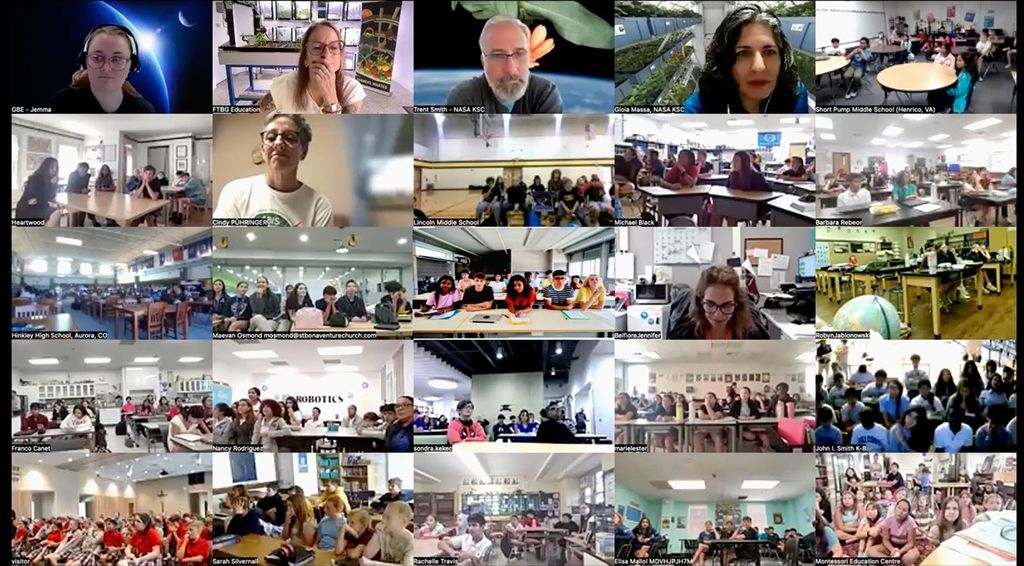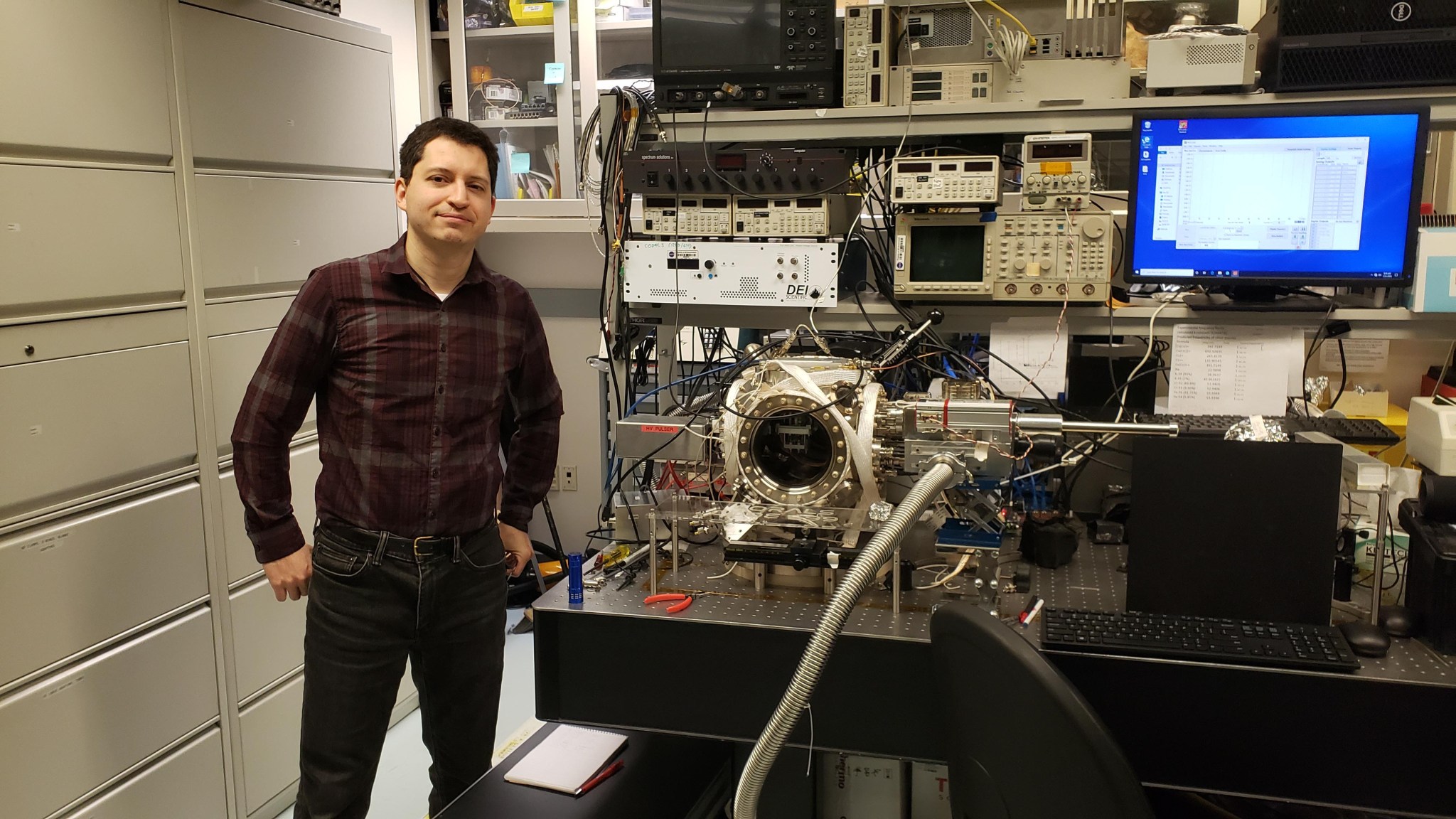Name: Adrian Southard
Title: Aerospace engineer
Organization: Code 699, Planetary and Environments Laboratory, Science and Exploration Directorate
What do you do and what is most interesting about your role here at Goddard? How do you help support Goddard’s mission?
I do instrument research and development mainly focused on mass spectrometers and their interfaces. I have branched out into instruments for elemental composition analysis of mineral targets and flight qualification of pressure sensors. I mainly design and test instruments for use on Mars or other bodies of the solar system like Jupiter’s moon Europa.
Why did you want to study space?
I always thought that the question “Are we alone?” was fascinating, and this has inspired my work on instruments for detecting signs of life. The way I first came to Goddard was because of my skills in fabricating small electrical devices. I did not have a background in space science when I first came to Goddard. I did take a cool class in Earth and space science as a freshman in high school. (Thanks, Mr. Stephens!)
What is your educational and research background?
My undergraduate degree from New College of Florida is in physics. My doctorate from the University of Maryland, College Park, is in chemical physics, which is focused more on theoretical than experimental chemistry and includes physics.
My doctoral research was in soft, condensed matter physics with applications in nanoelectronics. As an example, I worked on making flexible, transparent transistors using organic materials. One of the applications for these materials are wearable solar cells that are flexible and transparent, which might allow someone to charge a cell phone with their jacket. It turns out that making wearable solar cells is very difficult because the organic materials added to the outerwear do not convert energy from the sun to usable electricity as well as the silicon typically used in home solar cells.
What was your vision for this technology?
Our goal was to make our products inkjet printable so everyone could just print their own electronics. The low processing costs of these materials made their poorer performance worth investigating. Maybe, one day, there will be a breakthrough in performance of these materials. Until then, silicon will continue to dominate the market.
I had a vision of developing some sort of cheap coating or fabric to be draped over either a roof or other sun-facing surface that would use or collect the sun’s energy into some kind of battery. Ideally, this technology would be easy to install, environmentally friendly and low maintenance.
The most successful use of similar materials is in organic light emitting diodes, which are in many cell phones.
How did you come to work at Goddard?
After my Ph.D., I came to Goddard to work in the Planetary and Environments Laboratory. One of my fellow researchers from the University of Maryland went to Goddard and told me about a job opportunity.
What did you do when you first came to Goddard?
I started working on a project called the Volatile Analysis by Pyrolysis of Regolith (VAPoR) headed by Daniel Glavin. Our aim was to improve on some aspects of the Sample Analysis at Mars instrument suite. We were developing a new type of instrument targeted at the Moon to analyze lunar samples for a future lunar rover or lander.
Have you worked on any instrument that is going to Mars?
Yes. The European Space Agency (ESA) is leading an effort to land a rover on Mars in 2020 called the ExoMars rover. Goddard is playing two roles. First, Goddard provided a mass spectrometer for the suite of instruments called the Mars Organic Molecular Analyzer (MOMA). Goddard is also integrating all the separate components of this instrument suite.
I led the team that developed a method for fast and accurate pressure measurement using a miniature pressure sensor. The pressure sensor protects a mass spectrometer from electrical arc discharge and determines the pressure of gas inside the instrument. Therefore, it has a protective and analytical role. The same sensor was used on a field test of another instrument and is going to be used on the Dragonfly mission to Titan.
Do you have mentors at Goddard?
Stephanie Getty has enhanced my career through her advice, scientific insight and by supporting my work. She was a postdoc in my research group in graduate school and I have worked with her on three multi-year projects since coming to Goddard. She has been a great team leader and trying to do some of that myself has given me a greater appreciation for that skill. I’ve also benefited from the mentorship of experts in mass spectrometry like Ryan Danell and Friso van Amerom, software development from Eric Lyness, MEMS fabrication by Larry Hess, Jerome Ferrance in chemistry, and Emanuel Hernandez in electrical engineering just to name a few. Ricardo Arevalo also gave me my first shot at managing a major project. He has also been a great scientific partner in proposal efforts.
What makes Goddard cool?
My officemates and friends up and down the hall are all super motivated and extremely helpful. When I have a question about organics on Mars, for instance, I can talk with the scientist who was directly involved with instruments on Mars. The breadth of different experience at Goddard really makes it a special place where scientists and engineers work come together to develop groundbreaking technology and make incredible discoveries. We aim to learn about the solar system and beyond, and, in so doing, end up learning about the early Earth as well. I hope that one day, we will understand how organic molecules, the stuff of life, originated on Earth.
Lately I am more involved in mass spectrometers. Our code [editor’s note: codes at Goddard are somewhat akin to departments], 699, has been developing mass spectrometers for a probe that went to Jupiter, another that landed on a moon of Saturn called Titan, and others that are roving around Mars. Another visit to Titan is in the works. Maybe this time we will discover some signature of life there.
Other than science, what is your favorite subject?
I have always enjoyed math and solving math puzzles. I also enjoy learning other languages. I loved learning Spanish in high school because it was a way for me to speak with my Brazilian family. My mother is from Rio de Janeiro. All my Brazilian relatives speak Portuguese but they understand Spanish. Rio is a beautiful, exciting city known for its stunning beaches and majestic mountains (although I think the fine, white sands at beaches in Florida, where I grew up, are without equal). I am currently trying to learn Polish, so I can speak to my wife’s family and friends.
Do you have a favorite way or place to kick back, relax or have fun?
I am a big fan of sci-fi and fantasy novels and television shows. I enjoy spending my free time with my wife and two young children. We built a terrarium, looked at the Moon with a telescope and built a microscope. Right now, I am enjoying reading Harry Potter to my older daughter. I hope to get involved with teaching Taekwondo or soccer in the future, my two favorite sports.
By Elizabeth M. Jarrell
NASA’s Goddard Space Flight Center





























